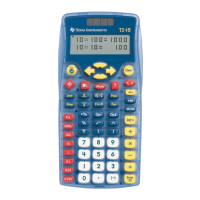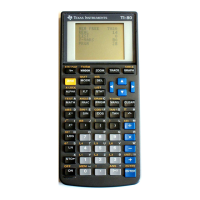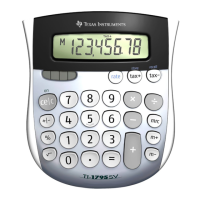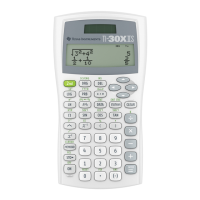This method is good enough for many problems, assuming that the function changes slowly, and the x-
and y-values are close enough together such that the function is 'close' to linear in both variables. The
interpolated values change smoothly and gradually within a particular x and y pair, but the derivatives
change abruptly as you move to the next row or column of the original data table. This may or may not
matter in your application. If it matters, there are more sophisticated interpolation methods which force
a continuous derivative across row and column boundaries. For more discussion, refer to
http://lib-www.lanl.gov/numerical/bookfpdf/f3-6.pdf
which is the link to the appropriate section in the book Numerical Recipes in Fortran.
9-point interpolation
Bilinear interpolation cannot account for any curvature in the function to be interpolated, since it is, by
definition, linear. The 9-point interpolation method essentially performs a Lagrangian interpolating
polynomial fit on the function
[1]
z = a $ x
2
$ y
2
+ b $ x
2
$ y + c $ x $ y
2
+ d $ x
2
+ e $ y2 + f $ x $ y + g $ x + h $ y + i
Since the interpolating polynomial includes squared terms of each independent variable, it can match
some curvature in the underlying function.
We need to find the coefficients a, b, c ..., then we can calculate z for x and y. We have nine equations
in nine unknowns if we use the points in the table function to interpolate like this
z
9
z
8
z
7
x
3
z
6
z
5
z
4
x
2
z
3
z
2
z
1
x
1
y
3
y
2
y
1
We choose x
2
and y
2
as the closest values in the table to the x and y at which we want to interpolate.
This results in a linear system of nine equations:
[2]
z
1
= a $ x
1
2$
y
1
2
+ b $ x
1
2
$ y
1
+ c $ x
1
$ y
1
2
+ d $ x
1
2
+ e $ y
1
2
+ f $ x
1
$ y
1
+ g $ x
1
+ h $ y
1
+ j
z
2
= a
$
x
1
2
$
y
2
2
+ b
$
x
1
2
$
y
2
+ c
$
x
1
$
y
2
2
+ d
$
x
1
2
+ e
$
y
2
2
+ f
$
x
1
$
y
2
+ g
$
x
1
+ h
$
y
2
+ j
z
3
= a
$
x
1
2
$
y
3
2
+ b
$
x
1
2
$
y
3
+ c
$
x
1
$
y
3
2
+ d
$
x
1
2
+ e
$
y
3
2
+ f
$
x
1
$
y
3
+ g
$
x
1
+ h
$
y
3
+ j
z
4
= a
$
x
2
2
$
y
1
2
+ b
$
x
2
2
$
y
1
+ c
$
x
2
$
y
1
2
+ d
$
x
2
2
+ e
$
y
1
2
+ f
$
x
2
$
y
1
+ g
$
x
2
+ h
$
y
1
+ j
z
5
= a
$
x
2
2
$
y
2
2
+ b
$
x
2
2
$
y
2
+ c
$
x
2
$
y
2
2
+ d
$
x
2
2
+ e
$
y
2
2
+ f
$
x
2
$
y
2
+ g
$
x
2
+ h
$
y
2
+ j
z
6
= a
$
x
2
2
$
y
3
2
+ b
$
x
2
2
$
y
3
+ c
$
x
2
$
y
3
2
+ d
$
x
2
2
+ e
$
y
3
2
+ f
$
x
2
$
y
3
+ g
$
x
2
+ h
$
y
3
+ j
z
7
= a
$
x
3
2
$
y
1
2
+ b
$
x
3
2
$
y
1
+ c
$
x
3
$
y
1
2
+ d
$
x
3
2
+ e
$
y
1
2
+ f
$
x
3
$
y
1
+ g
$
x
3
+ h
$
y
1
+ j
z
8
= a
$
x
3
2$
y
2
2
+ b
$
x
3
2
$
y
2
+ c
$
x
3
$
y
2
2
+ d
$
x
3
2
+ e
$
y
2
2
+ f
$
x
3
$
y
2
+ g
$
x
3
+ h
$
y
2
+ j
6 - 48
